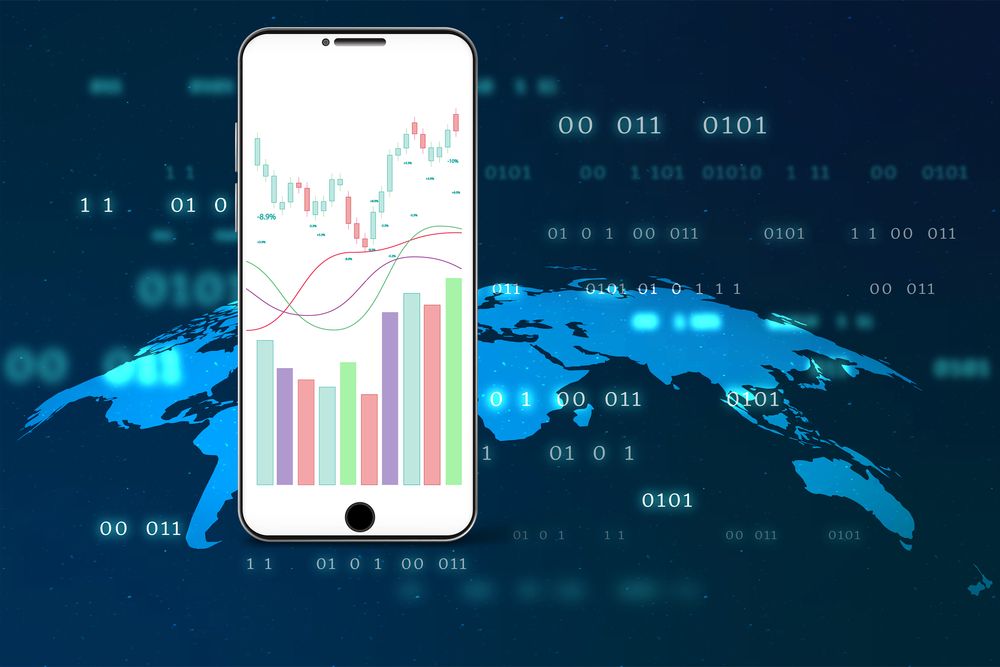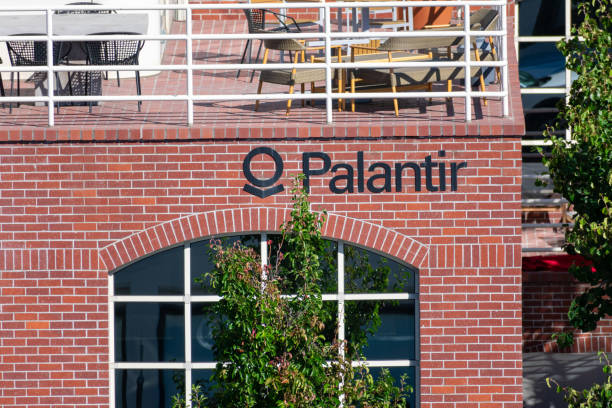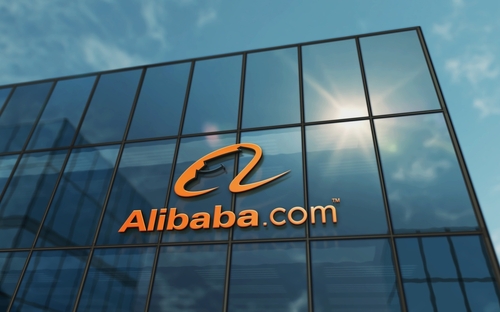BREAKINGVIEWS-Adobe boss strains to make the Harvard grade again

By Jonathan Guilford
NEW YORK, Nov 25 (Reuters Breakingviews) - Adobe ADBE.O boss Shantanu Narayen is sweating his next exam. The $135 billion design-software mainstay once helped lead a groundbreaking transition to subscriptions. It was so influential it became a teaching tool for aspiring corporate titans-in-training. As artificial intelligence upends the industry once more, the trailblazing CEO will strain to be head of the class again.
Becoming a Harvard Business School case study is a kind of C-suite canonization. The graduate program counts more alumni in the Fortune 1000 than any other university. Adobe was inductedin 2014, forcing students to consider Narayen's strategic overhaul that set the template for what is now widely known as software-as-a-service, or SaaS.
It was a shift born of necessity. Once the second-largest PC software developer behind Microsoft MSFT.O, Adobe’s stock climbed steadily after the dot-com crash and peaked on the eve of the financial crisis. It then collapsed by two-thirds to a valuation nadir of less than $10 billion in 2009 and struggled to make up the lost ground until Adobe embarked on a subscription-based Creative Cloud service.
AI now poses a fresh existential threat. A digital oracle that can magic up any image raises questions about what Adobe’s creative suites are even for, but the broader conundrum looms large for many more CEOs than just Narayen. Completely reinventing a big company and setting a new industry standard is hard enough to do once, let alone twice. Netflix NFLX.O is among the few to have achieved the feat, while history is littered with case studies of failure to adapt, like BlackBerry and Kodak. The speed of machine-learning adoption and the amount of money being thrown at it also are putting much of the software universe, and beyond, into a manic race to figure out what comes next financially.
The problem most code vendors faced before was plateauing growth and uneven sales from occasional upgrades between versions. Adobe’s response took years of preparation, including the 2009 acquisition of Omniture, whose tools measured how online marketing campaigns performed. It vaulted the company into bigger-business budgets, but also subscriptions: Omniture was already charging on a recurring basis. From there came the “annual recurring revenue” metric. In an attempt to replicate such modernization, Adobe recently unveiled “AI-influenced” revenue and “AI-first” recurring revenue, sales from tools built specifically for their large-language smarts.
Whether it will help foster another turnaround is as murky now as the earlier attempt was. One headline during the subscription transition, as the Harvard study noted, was: “What were they thinking?” But it worked. Adobe’s shares skyrocketed by nearly 1,400% from the time of the switch to their apex in November 2021. That year, SaaS venture investment in the United States exceeded $90 billion, according to data cruncher PitchBook. By 2022, the market was worth $3 trillion, consultancy McKinsey reckons. Private equity firms like Thoma Bravo bought old-school laggards and gave them SaaS makeovers. They were, in effect, following Adobe’s case study.
A year after that peak, OpenAI unveiled ChatGPT. Since November 2022, Software Equity Group’s SaaS Index has more-or-less flatlined. Industry revenue growth halved. Adobe’s valuation tanked.
It's too soon to fully parse whether this is a new teachable moment. Adobe surpassed its $250 million in AI-first recurring revenue target ahead of schedule, but the sector speaks in billions. The company at least hasn’t suffered the same kind of collapse as some AI also-rans, like homework helper Chegg CHGG.N. Adobe's decline over the past year is roughly on a par with Salesforce's CRM.N.
There is, however, another notable comparison: Autodesk ADSK.O, which develops design software specifically for architects and engineers. It too is undergoing an AI makeover, but its stock price has stabilized at a higher level than Adobe's and its valuation multiple is richer. Moreover, its EBITDA growth, according to forecasts gathered by Visible Alpha, is expected to be stronger.
In effect, these two companies and many more like them are working on the premise that, despite everything a large-language model can do, customers will want a familiar software layer sitting on top. PitchBook calls this “vertical AI,” and venture capitalists plowed roughly $100 billion into it between 2023 and 2024.
Adobe's utter ubiquity also gives it an edge in trying to roll out an emergent business model. There are more than 3 trillion PDFs, its omnipresent document format, in circulation. The Acrobat app for reading and creating these files is being presented as an AI-powered hub for digital records. Then there’s the company’s nous at shifting subscribers into new products; sign-ups through its AI apps are growing at double-digit rates. And when it comes to technological plagiarism concerns, Adobe’s FireFly includes indemnity for IP issues.
The cost of developing AI models, however, is too rich for most, including Narayen. The state of the art will probably always be handled by the likes of Google, with its Nano Banana image generator. Adobe plugs into these quasi-rivals, offering a pure test of vertical AI: will people pay to use a familiar portal to access technology developed elsewhere?
There is one way to tell. In its apps, Adobe sells its own currency for using AI tools, dubbed “generative credits.” Taking the price for a pack of 2,000 and the number consumed for generating a Nano Banana image implies a cost just shy of 5 cents. Google charges less than 4 cents to use the model directly.
This premium Adobe gets away with is a slim one. Looking at the company’s slower projected EBITDA growth versus Autodesk suggests Narayen is not yet pulling the pricing lever to maximally profit-juicing levels.
He also seems to realize it will take additional creativity to be inscribed into the corporate annals again. Much as the company bought Omniture and tried unsuccessfully to pivot into collaborative editing by acquiring Figma, it spent $1.9 billion earlier this month on Semrush SEMR.N. The unprofitable venture specializes in “generative engine optimization,” or worming into chatbot answers, an increasingly essential niche. Yet it is growing at just 15% annually, sluggish by software standards.
Adobe's impressive gross margin tops 90%, but sustained success depends on basic measures that will be hard to grow. They include how much extra it can charge to use models developed by others and retaining sway with marketers as the traditional web fades in relative importance. In the meantime, the wider software industry and business world will not be waiting around to read about the company's fate in a case study. They'll be trying to write their own.
Follow Jonathan Guilford on X and LinkedIn.









